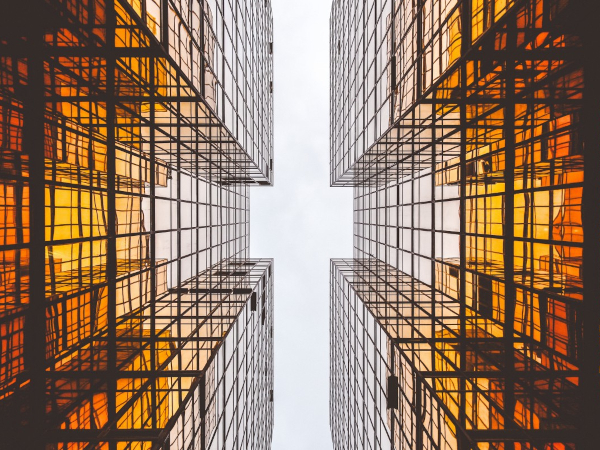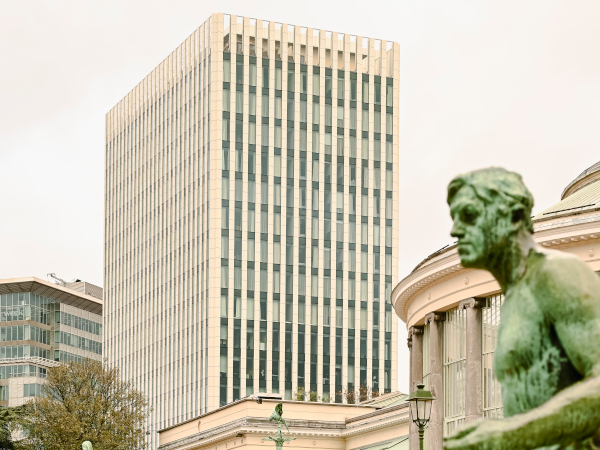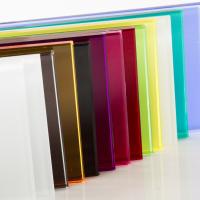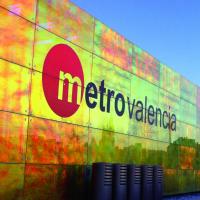Date: 2 June 2015
Spread over an area of 25000 m2, AachenMunchener blends elements of style and sophistication to create a contemporary non-residential edifice.
Glass facades have always known to up the glamour quotient in any kind of architecture. Be it traditional or modern, glass can raise the bar to redefine structures. At the AachenMunchener too, glass has an overwhelming presence that sweeps across the length and breadth of the building.
.jpg)
Saint-Gobain Glass at AachenMunchener Versicherung AG – Aachen, Germany - Via Saint-Gobain Glass India Flickr Photostream
The various parts of the building are connected by a glass bridge, leaving enough room for pedestrians and the shopping zone. This not only helps to create a visual aesthetic but also meets the functional needs of the users. The basic design of the glass facades was derived from the shape, colours and materials of the orientation system columns; the tall rectangles hide the information, even while giving a glimpse of the building behind.
Saint-Gobain’s range of glass has been used extensively at the AachenMunchener. The double-glazed solutions grace the glass facades, ensuring sustainability with visual comfort.
.jpg)
Via Saint-Gobain Glass India Flickr Photostream
The versatile SGG COOL-LITE ST167 and SGG COOL-LITE ST150 that can be toughened and curved were ideally chosen as the solar control glass. The manufacturing process and type of materials with which the glass is coated ensure excellent durability and resistance during handling. These qualities enable this coated glass to be processed while still retaining its aesthetic and technical benefits. Due to the unique properties of the coatings that allow the light through while reducing the solar heat, the SGG COOL-LITE series are perfect for glass facades.
SGG Planitherm is a high performance low-E coated glass, to be processed into an insulating glass unit. It offers up to three times more thermal insulation compared to a standard non low-E double glazing unit while SGG Stadip is a laminated safety and security glass that offers protection against injury. The Contour curved glass is produced in a horizontal mould. The glass is gradually heated to approximately 600°C, at which point the glass softens and takes the shape of the mould in order to obtain the desired bending radius. Contour is the annealed glass version. It creates harmonious space structuring for interior design purposes. In outside areas, the curve of the glass can create interesting applications like the angles of glass façades, roofing, doors and display windows.
Glass facades can go a long way in transforming the architectural and design sensibilities of a structure. The AachenMunchener is an exemplary example of an edifice that is more than just a regular office building. The usage of glass spells class, exudes sustainability and breathes life into spaces, underlining the essence of the future of office architecture.
































Add new comment